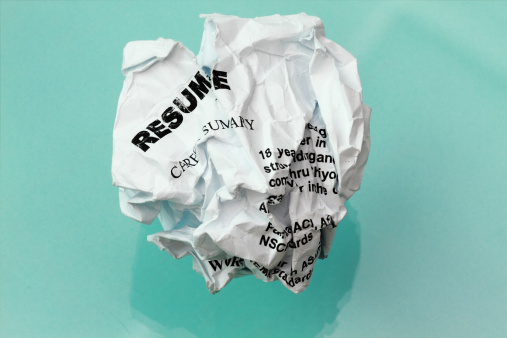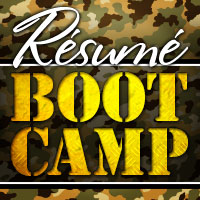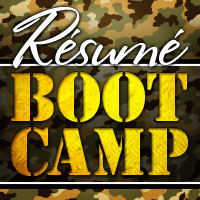 Most people would agree that it’s still a tough job market out there. According to an article from CNN Money, for every one job opening there are three unemployed Americans, and that doesn’t even include upcoming graduates, the under-employed, and the currently employed individuals who may also be vying for the open positions. With all that competition there can be a lot of stress to impress employers.
Most people would agree that it’s still a tough job market out there. According to an article from CNN Money, for every one job opening there are three unemployed Americans, and that doesn’t even include upcoming graduates, the under-employed, and the currently employed individuals who may also be vying for the open positions. With all that competition there can be a lot of stress to impress employers.
That stress seems to be driving some job seekers to misrepresent themselves and their experience. The Economic Times recently published an infographic that highlights the results of a study about lying on resumes. And the findings paint a rather ugly picture. With over 80% of organizations reporting that they’ve caught candidates misrepresenting themselves, this should serve as a wake-up call for every job seeker to take another look at their resume and make sure they are portraying themselves accurately and honestly. You may be tempted to try and hide a work gap or a lack of education, but hiding or exaggerating facts on your resume, application, or during the interview can cost you the job. Whether it’s intentional or unintentional, it’s never a good idea.
Have you ever felt the need to misrepresent yourself on your resume or in an interview? Tell us what you did and how it worked out for you in the comments section below.




